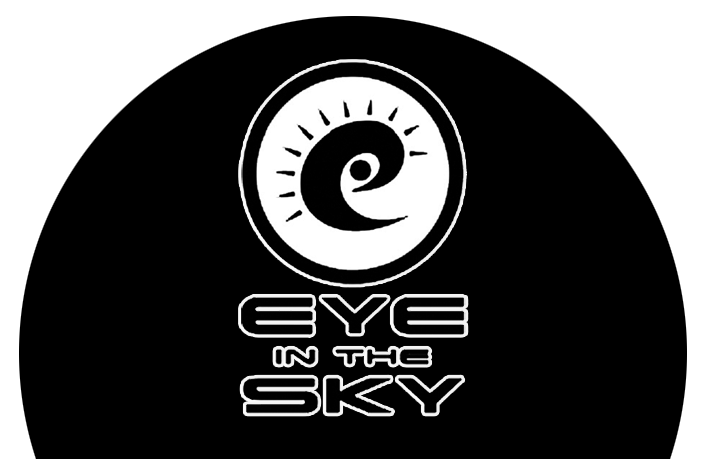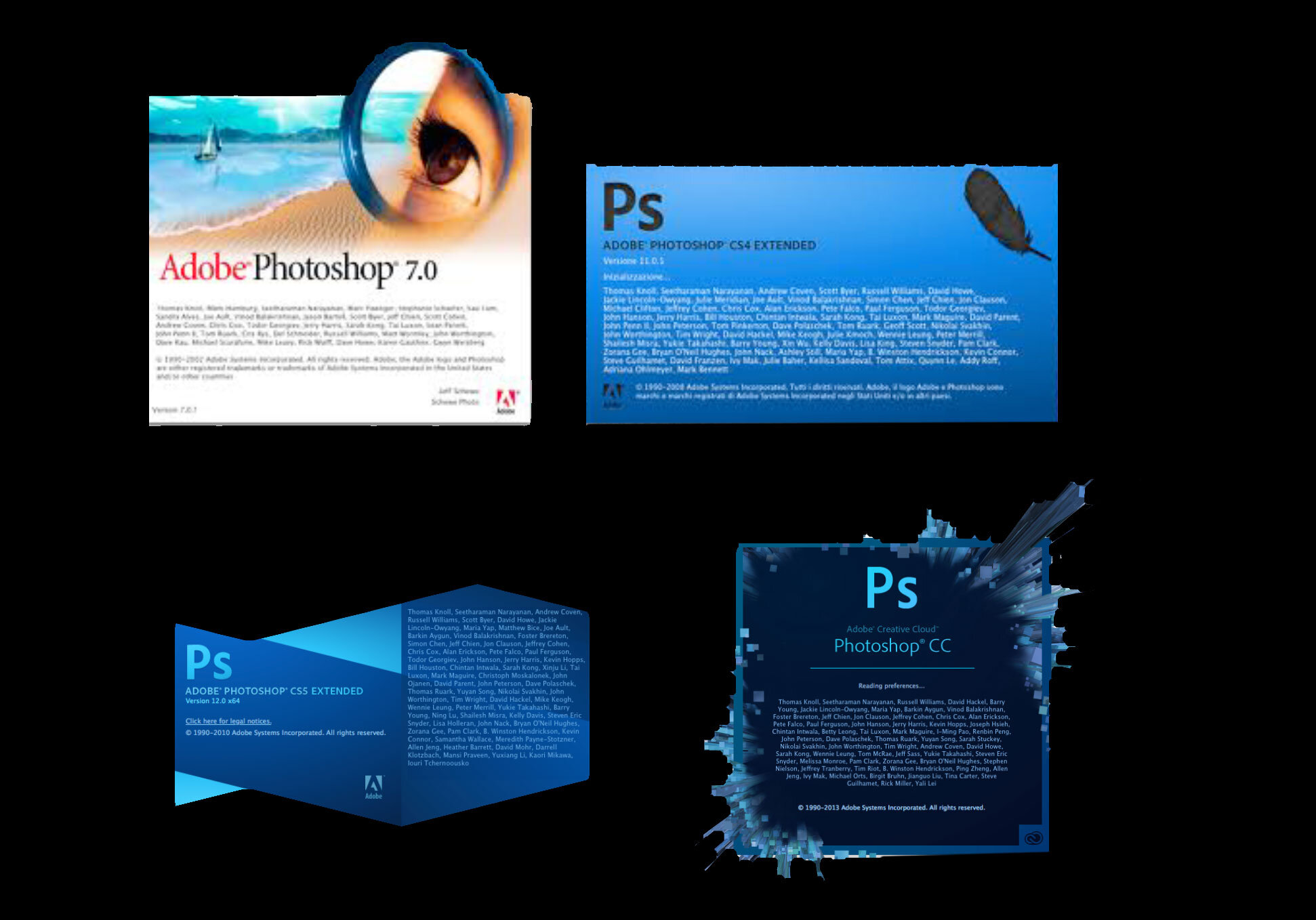INTRODUCTION TO PHOTOSHOP
PHOTOSHOP - Introduction to the programme
Adobe Photoshop is the world standard computer based, pixel-editing program for all forms of imagery, and is the software that all other pixel editing programs are judged by. Photoshop is really a dream come true for most photographers, designers and illustrators. These tutorials introduce you to the thinking behind the program and therefore it does not matter which version you use, for example versions CS, CS2, CS3, CS4, CS5 and CC and so on, as understanding the process is at the core and will affect the way you think about capturing and making images. It is not the same as Adobe Lightroom.
RESOLUTION
As Photoshop deals with Pixels, it is a good idea to understand just what they are. A digital image is comprised of a matrix of light sensitive pixels (Picture Elements) called a bitmap, in much the same way as film uses a matrix of ‘grain’ to record an image, and newspapers, books and magazines use a matrix of dots in a screen to reproduce an image. Photoshop is a pixel ‘editing’ program, so you can change the proportions of your image (rotate, distort or resize your image), you can re-colour it, or turn it to black & white, you can ad elements to it or remove them simply by changing the pixels. It is more than a digital darkroom however, you can use it as a design tool to create websites, brochures and all forms of printed material, you can use it as an illustration program to draw with as well as editing HD video sequences. The possibilities are truly endless.
Your digital cameras resolution, or its ability to reproduce an image, is measured in Millions of pixels (Megapixels). This is kind of similar to the grain structure of film. The more (finer) grain you have, the sharper your image is. The same is true with pixels. General rule of thumb; any image destined for on screen viewing should be 72 PPi (Pixels per Inch). Anything for high quality print (brochures, books etc) should be 300 PPi.
Lets look at a very basic way of understanding your cameras resolution, for instance a 10 Megapixel camera. Each frame at its highest resolution is 3872 x 2592 pixels = 10 million (Megapixels). This equates to a 28.7MB file, which is the equivalent of a 32 x 21 cm file, a little larger than A4.
If we assume that a modern computer monitors display is roughly 1000 pixels wide, then each image is nearly 4 screens in width. This is by no means exact but it does give you an idea as to what this all means. A 17.5 Megapixel file is 5120 x 3427, and a 25 megapixel file is 6144 x 4113, the Nikon D800 camera at 36 megapixels is 7360 x 4912 and so on.
THE PROGRAM
You can use either the PC or Mac platform with Photoshop and the program is almost identical and seamless to view and use. The only differences are really only noticeable in a few of the keyboard actions and how the computer ‘interfaces’ or presents itself to you. Both systems have a valid place, don’t simply take someone’s word if they have never seriously used both platforms, use your own judgment and decide for yourself, as unfortunately ignorance and emotional attachments have largely been a guide for many people venturing into this field, without seeing that there may be another way that could suit them better. PC’s were designed mainly to operate as a home and business computer, to create and manage huge data-bases etc, and crunch large amounts of numbers, so accurate colour rendition was not really a concern from the outset.
The Apple Mac is a professional tool, in that it was designed mainly to run graphics programs, so accurate colour was important from the outset. As such it is favoured platform and operating system mainly by the graphic arts, photographic, motion picture, publishing and pre-press industries. There are just a few differences in the keyboard layout, but other than these the interface works exactly the same on both platforms;
Backspace = Delete. Alt = Option. Control = Command/Apple key. Also the maximize/close window buttons on the Mac, are on the LEFT of the window, compared to the right for the PC.
All photography and information © Jon Davison 2022.


